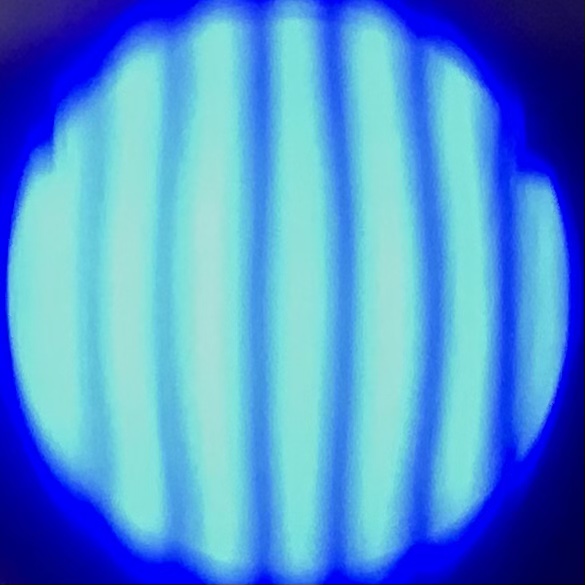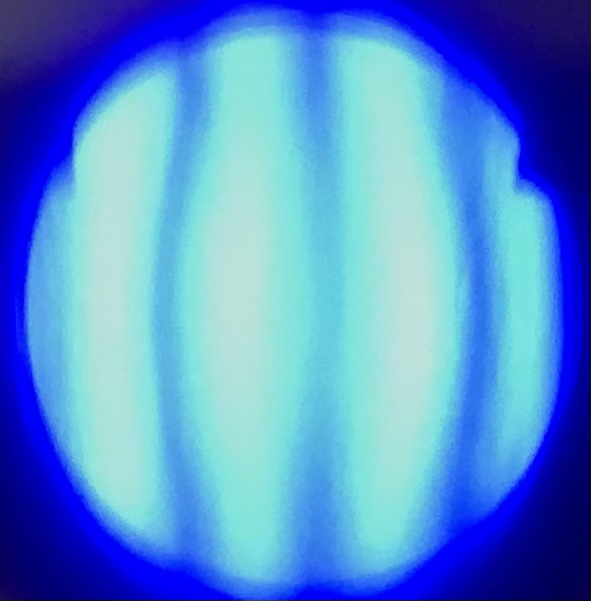- This topic has 178 replies, 6 voices, and was last updated 3 years, 7 months ago by
Giulio TiberinI .
-
AuthorPosts
-
14 September 2020 at 17:26 #11974
Ok so I start with the COC races.
To test and optimize you intend to make use of the right W strokes?For Ronchi I was already of the idea of lowering the light intensity, the photos were a little overexposed

Let's see what I can do with some work sessions

As always thanks
 14 September 2020 at 17:54 #11975
14 September 2020 at 17:54 #11975To test and optimize you intend to make use of the right W strokes?
I was referring to the adaptation of the patina, a couple of minutes with good pressure or weight on the tool at each session before starting the runs.
14 September 2020 at 17:59 #11976Ok
 .
.
Sorry I misunderstood 19 September 2020 at 13:18 #11995
19 September 2020 at 13:18 #11995Massimo Marconi wrote:
20 minutes for each of the last sessions I was talking about, ( with a few sprinkles of water each 5 me) which then is the limited time beyond which cerium completely loses its abrasive effectiveness, or at least this happens to me ...
As for the timing, we are certainly on two different fronts, my sessions last approximately 50/60 min.( this certainly raises a couple of doubts).
In the position in which I am looking at the last photo posted on the Ronchi, to get to the sphere it will take me many hours of work?(provided that everything works correctly, both tool,oxide, and work sessions).
 19 September 2020 at 19:21 #11996
19 September 2020 at 19:21 #11996Luca, keep in mind that I am working with sub-diameter al 30%, while you with the full, it is normal that the times are different.
Anyhow, 1 now without adding more cerium it seems to me a bit’ too much…
In the long run, the abrasive grains smooth their edges during the runs on the glass. And if they are sharp and sharp at first, then they become rounded, losing efficacy and making a buffer action between the two materials. When you feel that the tool slips off effortlessly, when no more foam is produced during racing, when you no longer hear the creeping noise then it's time to replace the cerium because at that point, continuing to work does not bring any further results.19 September 2020 at 19:47 #11997Wait Massimo you misunderstood what I said, one hour refers to the general work session after which I wash everything and put everything away to start work the next day.

The addition of new cerium, on the other hand, takes place within about 10/15 min no more.
 27 September 2020 at 18:00 #12005
27 September 2020 at 18:00 #12005Hi guys!
These are the results after a few work sessions (6/7).
The Ronchi scheme has improved quite a bit, the figure gets closer and closer to a probable sphere, even if they are still far from the definitive image.



hope to update with the sphere soon

 29 September 2020 at 10:30 #12006
29 September 2020 at 10:30 #12006good, go on like this ! 👍 But there is too much brightness , you can see the trend of the bands but some information such as roughness is lost, the state of the edge and small zonal defects, it should be decreased until the light-shadow passage on the bands can be seen well and with a good contrast, which is now glimpsed in the light blue band.
29 September 2020 at 15:16 #12007Okay Massimo I'll try to further lower the intensity of the LED

We then see the next photos as they come
 1 October 2020 at 9:25 #12008
1 October 2020 at 9:25 #12008More than reducing the brightness of the led, I have the impression Luca that you are using a too wide slit.
It's not hard to get it close around 20 microns, using a piece of videotape tape as an opening spacer.1 October 2020 at 10:00 #12013In fact, this is how the slit is pretty wide it will be a little larger than half a mm.
But only because in this way I am able to embrace the entire surface of the mirror
Anyway I try to reduce it as you say Giulio then let's see the next photos as they come
Thank you
 2 October 2020 at 23:34 #12014
2 October 2020 at 23:34 #12014Ok.
Half a millimeter are 500 microns, which is 25 times more than necessary-
The Ronchi is an indicative test only and the reticle can also be seen with a large and strong light. But that's not how it is done.To do the Ronchi or Foucault tests correctly, the complete illumination of the mirror is however always obtained when the light source on which the slit is installed is installed, and also the eye or the photographic sensor, at an even distance from the mirror (or very close) to the radius of curvature of its surface (which is double the focal length).
I imagine that this too large slit could also be the reason for the fact that you don't see the lattice in detail in the Ronchi.. This is because the maximum sensitivity in optical tests (but also ophthalmic), is given by the maximum subtlety of the slit and such that it does not generate too many fringes that disturb the Foucault test.
This is because to correctly evaluate the optical phenomena at their birth (that is, very close to the limit imposed by diffraction), it would be necessary to use a point light source as is the pinhole. But since the small hole would not let enough light pass through for the eye, a slit is used, that having a width equal to that of the diameter of a pinhole, performs its exact same function, however, letting in much more light, but not exaggerated, and suitable for comfortable sight even with the naked eye.
3 October 2020 at 6:38 #12017But that's not how it is done.

I'm sorry Giulio but I have to perfect myself, I will try to improve the test
To do the Ronchi or Foucault tests correctly, the complete illumination of the mirror is however always obtained when the light source on which the slit is installed is installed, and also the eye or the photographic sensor, at an even distance from the mirror (or very close) to the radius of curvature of its surface (which is double the focal length).
Here I would not want to err on the side of pride but I am sure that the lattice has the right distance.(radius of curvature)

I'll do some checks anyway, you never know
Thank you
 4 October 2020 at 1:04 #12019
4 October 2020 at 1:04 #12019You don't have to be sorry if you do different than I did. The experimentation that I have not done is still a good thing.
If you see the mirror fully illuminated you are surely at the radius of curvature, regardless of the width of the slit.
But the maximum of vision sensitivity you get with a narrow slit, but not very well, because in that case a whole series of diffraction fringes are created which complicate the clear vision. -
AuthorPosts
- You must be logged in to reply to this topic.